Dr Maya Angelou
credits: Dwight Carter
“I've learned that people will forget what you said, people will forget what you did, but people will never forget how you made them feel.”
Dr. Maya Angelou
She defied labels. She was a walking encyclopedia of careers and passions. She wrote 36 books. She was an actress, director, playwright, composer, singer and dancer. And was the first female and first black streetcar conductor in San Francisco. Dr Maya Angelou was an American Study herself.
"I have created myself," (...) "I have taught myself so much."
Maya Angelou, USA TODAY, 2007
She was a high school dropout who became a professor of American Studies at Wake Forest University.
Google Doodle Dr Maya Angelou 90th Birthday
https://www.google.com/doodles/
This morning's Doodle honoring Dr Maya Angelou, the author, poet, civil rights activist, on what would have been her 90th birthday 4 April. Wow! It's a masterpiece!
Google Doodle Dr Maya Angelou 90th Birthday
When we click on the Doodle, we hear Angelou’s legendary poem Still I Rise. The first verse is read aloud by Maya Angelou herself as drawings illustrating each line fill the screen with the rest of the poem read by guest appearances from Alicia Keys, America Ferrera, Martina McBride, Laverne Cox, Guy Johnson (Angelou's son) and Oprah Winfrey.
Angelou was an imperative figure in history. On this day, 4 April in 1928 was born Maya Angelou, African-American poet, writer and civil rights activist. She was an immense figure in the struggle for gender equality, civil rights and the fight against racism, both in the United States and around the world.
"Through her works, Dr. Angelou gave a voice to millions. She championed women’s rights and gender equality. She redefined black beauty and celebrated African-American oral traditions. She advocated against war and campaigned for universal peace."
Google Doodle team
Maya Angelou
credits: Hulton Archive/Getty
- William J. Clinton Presidential Library
https://es.wikipedia.org/
Maya Angelou was an immense poet of equality. Her books and poems, deeply rooted in her personal experience, have given a universal resonance to the fight for women's rights, civil rights and against racism.
Her books and legacy should continue to be taught in schools and through the media, so that her message of tolerance, peace and dignity stays alive. She died on 28 May 2014 aged 86.
She was a prolific writer of poetry; her volume Just Give Me a Cool Drink of Water 'fore I Diiie (1971) was nominated for the Pulitzer Prize, and she was chosen by former President Bill Clinton to recite her poem On the Pulse of Morning during his inauguration in 1993, becoming the first poet to make an inaugural recitation since Robert Frost at President John F. Kennedy's inauguration in 1961.
Education:
Angelou books and legacy should continue to be taught in schools, so that her message of tolerance, peace and dignity stays alive.
Here I am writing about civics education and great women in Humanities as well. Maya Angelou understood education was extremely important. She was a voracious reader, consuming two to three books a week from the time she was a teenager until her vision failed in her eighties.
“Can you imagine what the world would be like if all children on earth had access to a good education and were allowed to let their inner lights glow? Oh, we would have the cure to cancer and remedies to most of the major problems that confront us. The knowledge that would be generated by that level of brain power would give us access to the stars, to the universe as well as to our dreams.”
The success of her first book, I Know Why the Caged Bird Sings, in 1969 brought her mainstream attention as an author. The book is a modern American classic that touches hearts and changes minds for as long as people read.
Jocelyn A. Glazier, a professor at George Washington University, has trained teachers how to "talk about race" in their classrooms with I Know Why the Caged Bird Sings and Gather Together in My Name.
Gather Together in My Name continues Maya Angelou’s personal story, begun so unforgettably in I Know Why the Caged Bird Sings.
The time is the end of World War II and there is a sense of optimism everywhere. Maya Angelou, still in her teens, has given birth to a son. But the next few years are difficult ones as she tries to find a place in the world for herself and her child.
She goes from job to job–and from man to man. She tries to return home–back to Stamps, Arkansas–but discovers that she is no longer part of that world. Then Maya’s life takes a dramatic turn, and she faces new challenges and temptations.
Educator Daniel D. Challener, in his 1997 book Stories of Resilience in Childhood, analyzed the events in Caged Bird to illustrate resiliency in children.
Challener argued that Angelou's book has provided a "useful framework" for exploring the obstacles many children like Maya have faced and how their communities have helped them succeed
This was followed by six volumes of autobiography, the seventh and final volume, Mom & Me & Mom, published in 2013.
Complete Collected Poems
"Hello, Stranger-Friend" begins Maya Angelou’s story about Thandi, a South African Ndebele girl, her mischievous brother, her beloved chicken, and the astonishing mural art produced by the women of her tribe.
"With never-before-seen photographs of the very private Ndebele women and their paintings, this unique book shows the passing of traditions from parent to child and introduces young readers to a new culture through a new friend."
Age: up-to 3/4 years
Level: Kindergarten; Primary school.
Told in her own inimitable style, this book transcends genres and categories: guidebook, memoir, poetry, and pure delight.
Resources:
Angelou received dozens of awards and over 50 honorary degrees. She was widely known for producing seven autobiographies that highlighted key moments in her childhood and early adulthood.
Angelou was awarded the Spingarn Medal in 1994 and later received the National Medal of Arts in 2000.
Then, in 2011, Barack Obama gave Angelou the Presidential Medal of Freedom, the highest award for a civilian in the United States.
The award recognizes anyone that has made “an especially meritorious contribution to the security or national interests of the United States, world peace, cultural or other significant public or private endeavors”.
She remains, like Martin Luther King Jr and Nelson Mandela, among the few rare icons who have been able to advance humanity toward greater justice. Her books and legacy should continue to be taught in schools and through the media, so that her message of tolerance, peace and dignity stays alive. She died on 28 May 2014 aged 86.
She was a prolific writer of poetry; her volume Just Give Me a Cool Drink of Water 'fore I Diiie (1971) was nominated for the Pulitzer Prize, and she was chosen by former President Bill Clinton to recite her poem On the Pulse of Morning during his inauguration in 1993, becoming the first poet to make an inaugural recitation since Robert Frost at President John F. Kennedy's inauguration in 1961.
Still I Rise
Maya Angelou
illustration: Nate Williams
Here I am writing about civics education and great women in Humanities as well. Maya Angelou understood education was extremely important. She was a voracious reader, consuming two to three books a week from the time she was a teenager until her vision failed in her eighties.
“Can you imagine what the world would be like if all children on earth had access to a good education and were allowed to let their inner lights glow? Oh, we would have the cure to cancer and remedies to most of the major problems that confront us. The knowledge that would be generated by that level of brain power would give us access to the stars, to the universe as well as to our dreams.”
Maya Angelou (by his son Guy Johnson)
- Autobiographies: Narrative & Multicultural
Angelou's autobiographies are used in narrative and multicultural approaches in teacher education.
I Know Why the Caged Bird Sings
Maya Angelou
Jocelyn A. Glazier, a professor at George Washington University, has trained teachers how to "talk about race" in their classrooms with I Know Why the Caged Bird Sings and Gather Together in My Name.
Gather Together in My Name
Maya Angelou
The time is the end of World War II and there is a sense of optimism everywhere. Maya Angelou, still in her teens, has given birth to a son. But the next few years are difficult ones as she tries to find a place in the world for herself and her child.
She goes from job to job–and from man to man. She tries to return home–back to Stamps, Arkansas–but discovers that she is no longer part of that world. Then Maya’s life takes a dramatic turn, and she faces new challenges and temptations.
I Know Why the Caged Birds Sing
Maya Angelou
Challener argued that Angelou's book has provided a "useful framework" for exploring the obstacles many children like Maya have faced and how their communities have helped them succeed
This was followed by six volumes of autobiography, the seventh and final volume, Mom & Me & Mom, published in 2013.
Maya Angelou's 6 books autobiographical
'I write about being a Black American woman, however, I am always talking about what it's like to be a human being. This is how we are, what makes us laugh, and this is how we fall and how we somehow, amazingly, stand up again'
Maya Angelou
Six other autobiographical works followed, in addition to poetry, children’s literature, and non-fiction (even cookbooks!).
She wrote three collections of essays; many volumes of poetry, including His Day is Done, a tribute to Nelson Mandela; and two cookbooks.
She had a lifetime appointment as Reynolds Professor of American Studies at Wake Forest University of North Carolina.
Complete Collected Poems
of Maya Angelou
- Poetry:
She was called "the black woman's poet laureate", and her poems have been called the anthems of African Americans.
Angelou studied and began writing poetry at a young age, and used poetry and other great literature to cope with her rape as a young girl, as described in Caged Bird.
According to scholar Yasmin Y. Degout, literature also affected Angelou's sensibilities as the poet and writer she became, especially the "liberating discourse that would evolve in her own poetic canon".
Maya Angelou felt that "love was one of the most important emotions and was an instrumental key to unlocking the inner doors of our ignorance and fear.”
Guy Johnson (Angelou's son)
I had the good fortune to meet a gaggle of students in education along the years, most of whom would be teachers, engineers, musicians scientists and most of them love poetry as I do.
If you want to get your students to read poetry, and to enjoy reading poetry, and to write intelligibly about poetry, you must read it, and enjoy reading it, yourself. For sure.
This doesn’t mean we have to love each poem we teach (some of us will have some poems we must teach, due to school-wide or state requirements), but it does mean that we should seek to discover what poems we admire, and then think about why, and teach them alongside whatever else you offer.
If you are a teacher who loves literature but does not already love poetry, pick up anthologies and leaf through them until you find some poems that you like.
Resources: How to read a Poem
"The reader of poetry is a kind of pilgrim setting out. To read a poem is to depart from the familiar, to leave all expectations behind."
You will find some good advice and tips here. Or invite your students (high-school) to read some tips if they must prepare a reading in the classroom.
Even the Stars Look Lonesome (1997)
Maya Angelou
This book is a collection of short essays and a few poems Maya Angelou has written on various topics.
Angelou uses the story of the prodigal son to remind readers of the value of solitude: ""In the silence we listen to ourselves. Then we ask questions of ourselves. We describe ourselves to ourselves, and in the quietude we may even hear the voice of God."
Maya Angelou felt that "love was one of the most important emotions and was an instrumental key to unlocking the inner doors of our ignorance and fear.”
Guy Johnson (Angelou's son)
credits: Illustration by Loveis Wise
via Poetry Foundation
I had the good fortune to meet a gaggle of students in education along the years, most of whom would be teachers, engineers, musicians scientists and most of them love poetry as I do.
If you want to get your students to read poetry, and to enjoy reading poetry, and to write intelligibly about poetry, you must read it, and enjoy reading it, yourself. For sure.
This doesn’t mean we have to love each poem we teach (some of us will have some poems we must teach, due to school-wide or state requirements), but it does mean that we should seek to discover what poems we admire, and then think about why, and teach them alongside whatever else you offer.
If you are a teacher who loves literature but does not already love poetry, pick up anthologies and leaf through them until you find some poems that you like.
Resources: How to read a Poem
"The reader of poetry is a kind of pilgrim setting out. To read a poem is to depart from the familiar, to leave all expectations behind."
You will find some good advice and tips here. Or invite your students (high-school) to read some tips if they must prepare a reading in the classroom.
- Children's books:
All my usual readers know I love children's books. I write often about it. On my personal blog and on my blogs to students, French and Portuguese. Here some Angwelou's children's and teen's books:
Izak of Lapland
Maya Angelou
Izak love reindeer. Which is good, since he comes from a family of reindeer herders and even has a pet reindeer, named Totti! It is up to Izak to teach his little brother all about responsibility.
Angelina of Italy, ebook
Maya Angelou,
Anelina loves pizza. So much so that when she hears that there is a Leaning Tower of Pisa, and mistakenly thinks it’s made of pizzas, she is so distressed that she must go see it for herself!
My Painted House, My Friendly Chicken and Me (1994)
Maya Angelou
"With never-before-seen photographs of the very private Ndebele women and their paintings, this unique book shows the passing of traditions from parent to child and introduces young readers to a new culture through a new friend."
Age: up-to 3/4 years
Level: Kindergarten; Primary school.
Letter to May Daughter
Maya Angelou
Dedicated to the daughter she never had but sees all around her, Letter to My Daughter reveals Maya Angelou’s path to living well and living a life with meaning.
Letter to my Daughter is a book of life lessons and inspirational messages that Angelou wants to pass on to women everywhere.
The book is divided into sections, each with an inspiring theme. Some sections are more autobiographical than others.
Age : up-to 13 years-old
Level: High-school
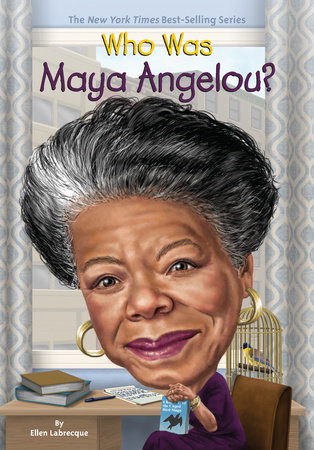 |
Who Was Maya Angelou?
Ellen Labrecque & Who HQ
illustration: Dede Putra
Level : Middle Grade
- Videos
Humanities is probably the most important curriculum for an individual to acquire and develop human and multicultural values.
Literacy an empowerment tool that gives access to further education and new opportunities.
Digital skills complete the education of all students in our days.
A free bird leaps
on the back of the wind
and floats downstream
till the current ends
and dips his wing
in the orange sun rays
and dares to claim the sky. (...)
Maya Angelou, Caged Bird
G-Souto
04.04.2018

G-Souto
04.04.2018
Copyright © 2018G-Souto'sBlog, gsouto-digitalteacher.blogspot.com®
|

Schools : Celebrating Maya Angelou : Resources by G-Souto is licensed under a Creative Commons Attribution-NonCommercial-NoDerivatives 4.0 International License.
|







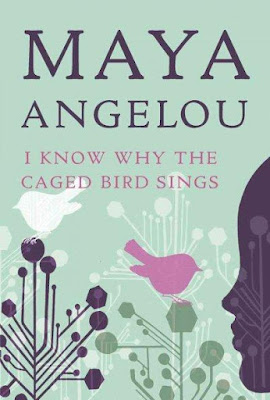
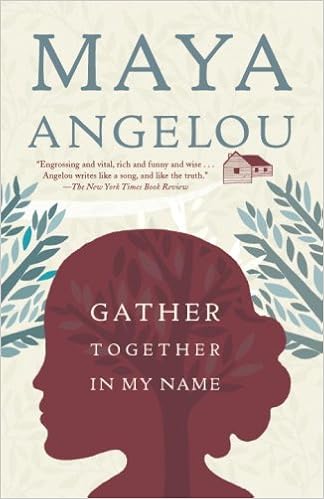




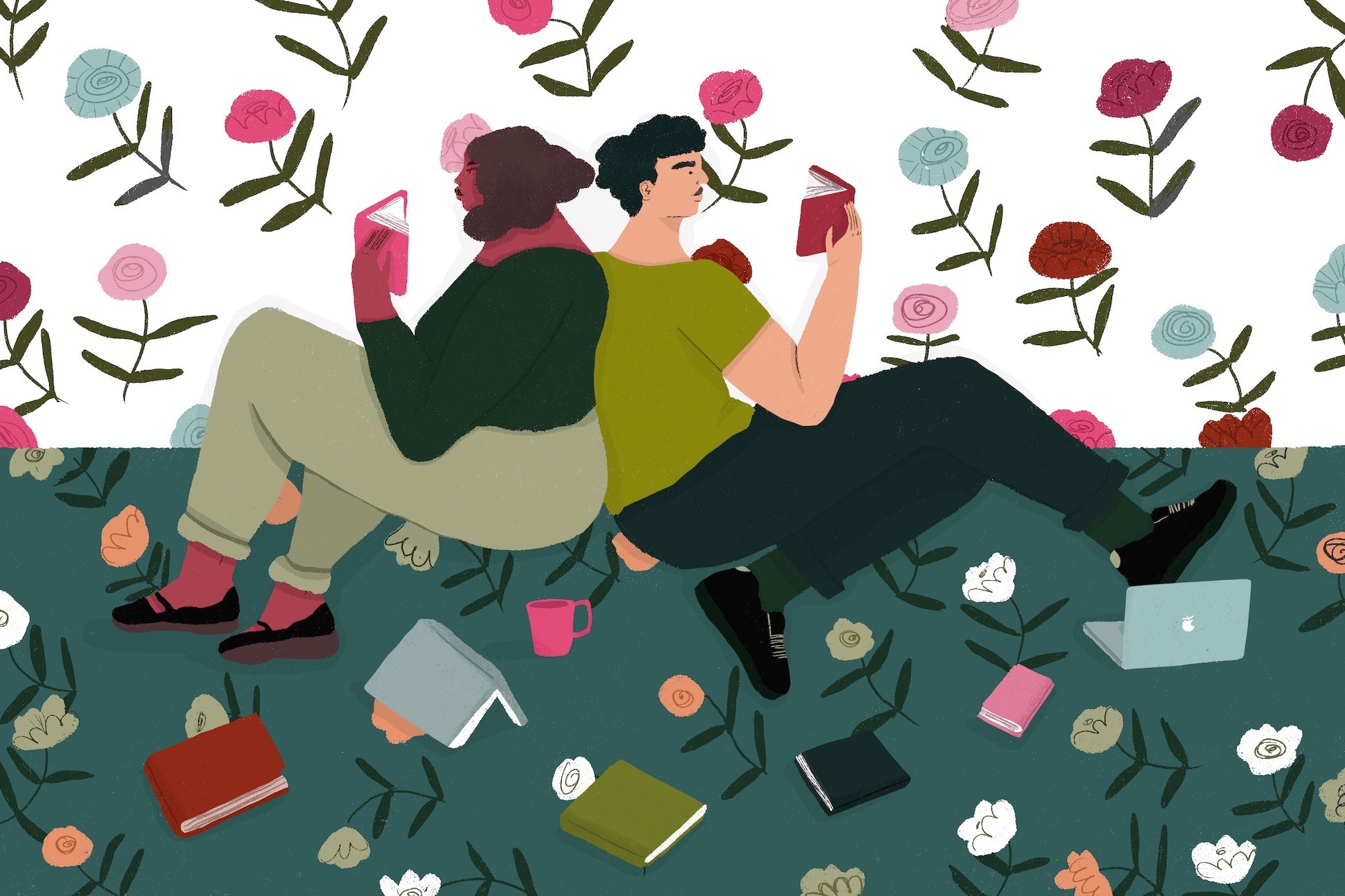


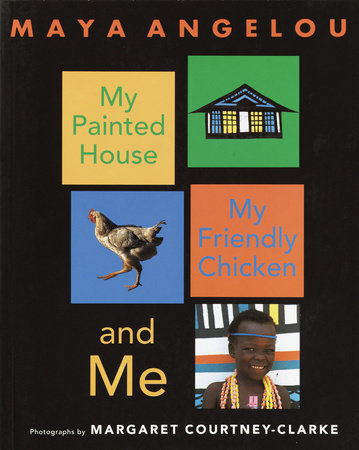

No comments:
Post a Comment